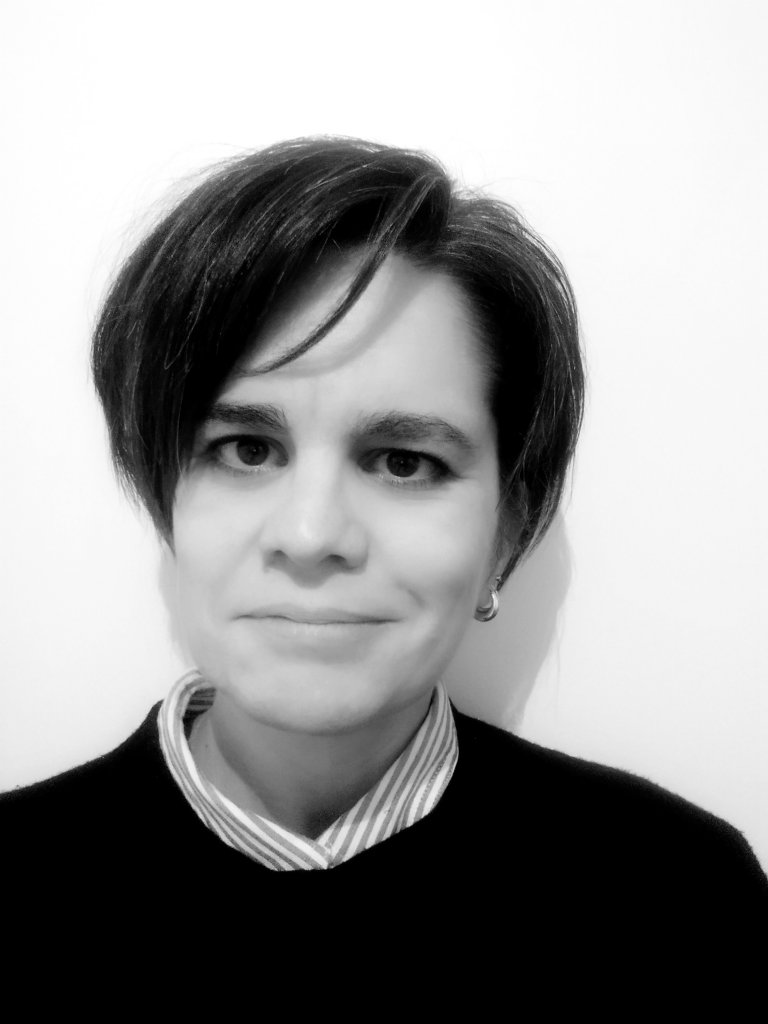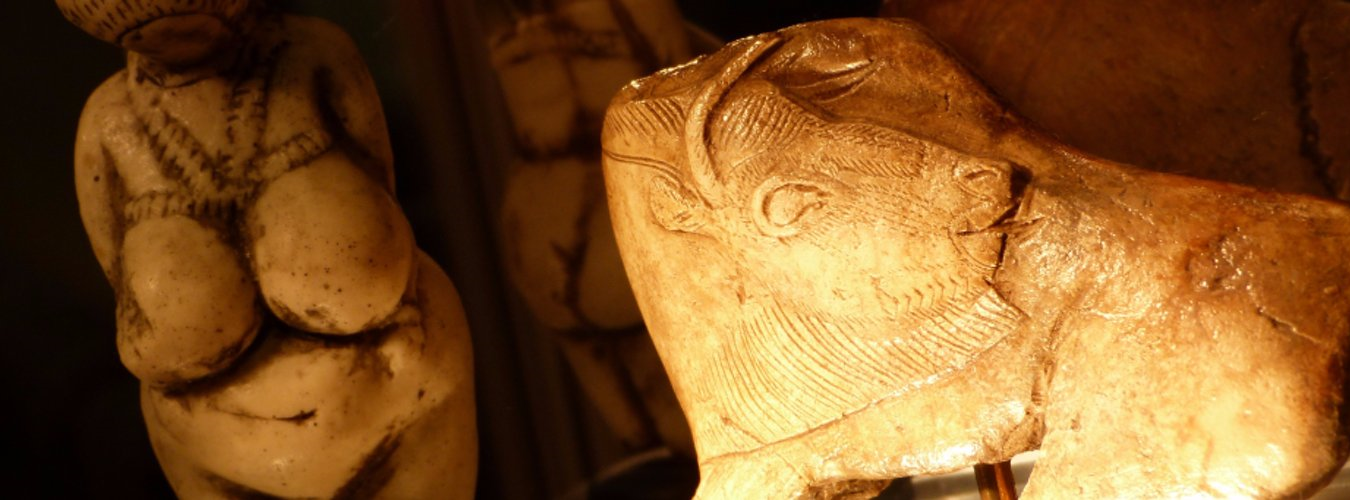Dr Peny Tsakanikou
Post-doctoral Researcher (Palaeolithic Lesbos Project)
pt1g14@southamptonalumni.ac.uk
Academia profile

I joined CAHO in 2014, when I started my PhD studies in Palaeolithic Archaeology under the inspirational supervision of John McNabb and Helen Farr. In my thesis (2020), I explored hominin movement and occupation spatial patterns in eastern and north-eastern Mediterranean during the Lower Palaeolithic, focusing on the Aegean region. I was particularly interested in the Aegean dryland hypothesis, suggesting that the largest part of the area now covered by the Aegean Sea was subaerially exposed during the glacial lowstands of the Pleistocene. How the occurrence of extended terrestrial environments, previously unknown, between western Anatolia and the Greek mainland affects current understandings regarding hominin presence and activity in this part of Eurasia? This question was addressed through an interdisciplinary approach, by integrating archaeology, palaeogeography and palaeoenvironments within an affordance-based GIS framework to propose new trans-Aegean dispersal scenarios and potential occupation zones over Aegean dryland. The Affordance Corridors of the Aegean hypothesis is a new addition to the traditional narrative for the early Eurasian settlement(s), highlighting the biogeographical importance of the eastern gateways to Europe.
My PhD research was partly funded by the University of Southampton (Vice Chancellor’s Award) and by the Greek Archaeological Committee UK (GACUK).
Before coming to the UK, I used to work as a contract-based archaeologist in the Greek public sector (2005-2014).
Since 2013, I am a member of the research team excavating the Acheulean open-air site of Rodafnidia on Lesbos Island (NE Aegean, Greece), under the direction of Prof Nena Galanidou (University of Crete).
I am currently based at the University of Crete as a post-doctoral researcher in the Palaeolithic Lesbos project. My work focuses on the investigation of the hominin-landscape interaction, combining archaeology with geosciences and GIS.
